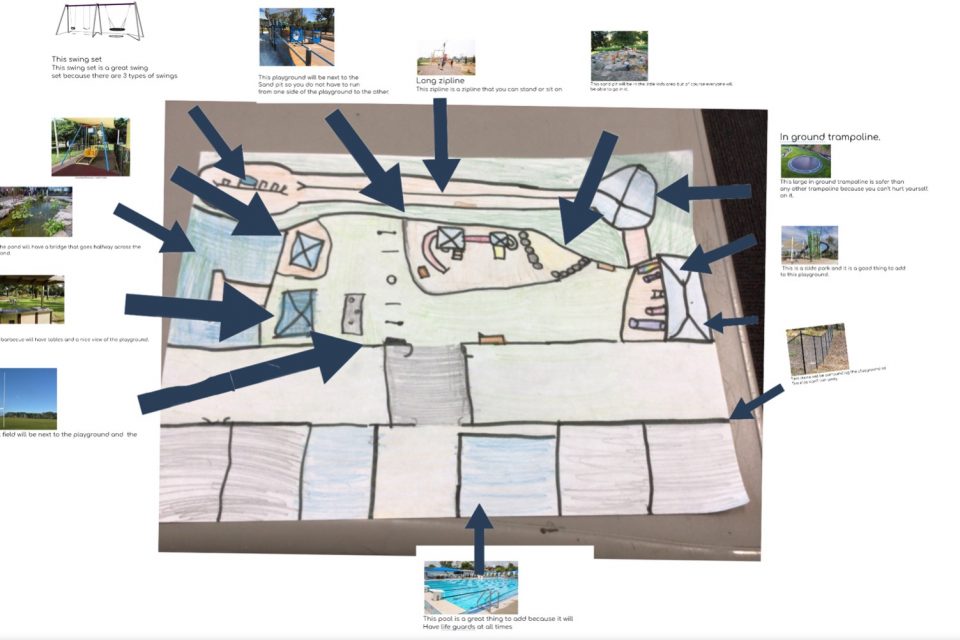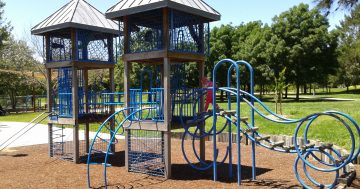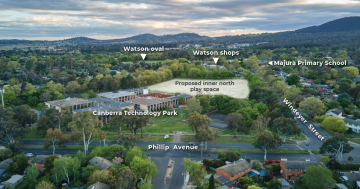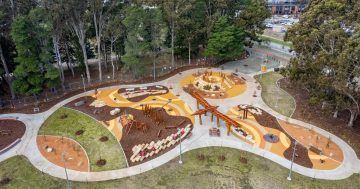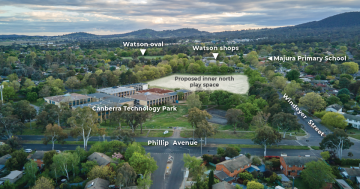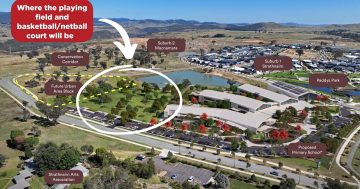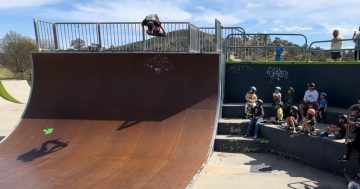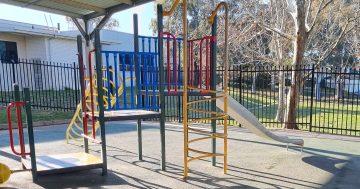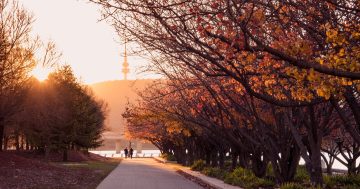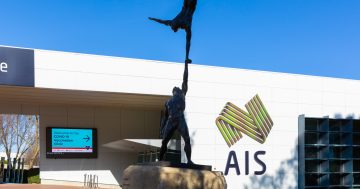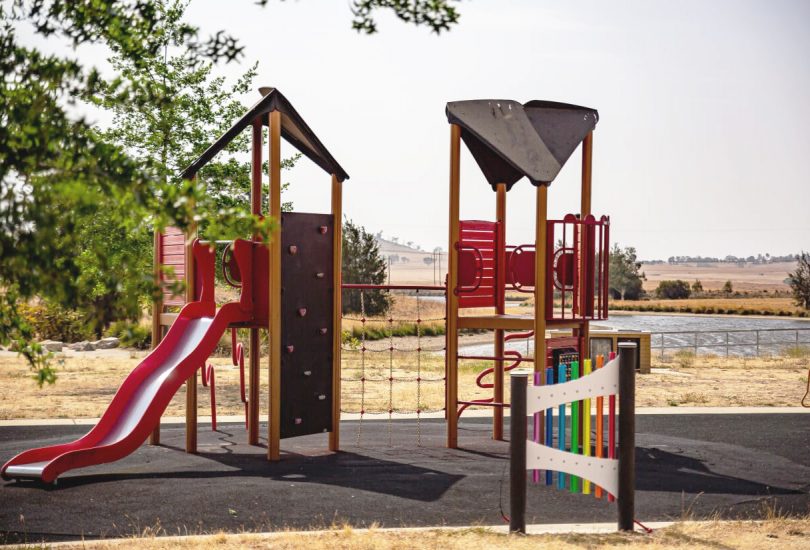
Parents of children with special needs say open playgrounds in the ACT just aren’t feasible. Photo: File.
Parents and children have all pitched in on a new eight-part plan as the ACT Government rethinks its approach to the Territory’s network of playgrounds.
The ACT has the highest number of play spaces per capita in Australia, with more than 500 of them scattered across the suburbs. The draft ‘Better Places to Play: ACT Play Space Strategy’ constitutes the ACT Government’s plan to ensure they keep getting better as our city grows.
Previous community feedback saw a clarion call for improved equipment that caters to a wider age range. Parents want more challenge and risk, as well as facilities that encourage longer stays such as picnic tables, barbecues and toilet facilities.
The draft strategy was open for public consultation for six weeks from early November, 2021, and it takes all of this feedback onboard while outlining several other areas for action in the coming years.
Children were also encouraged to design their own dream playground and submit it online.
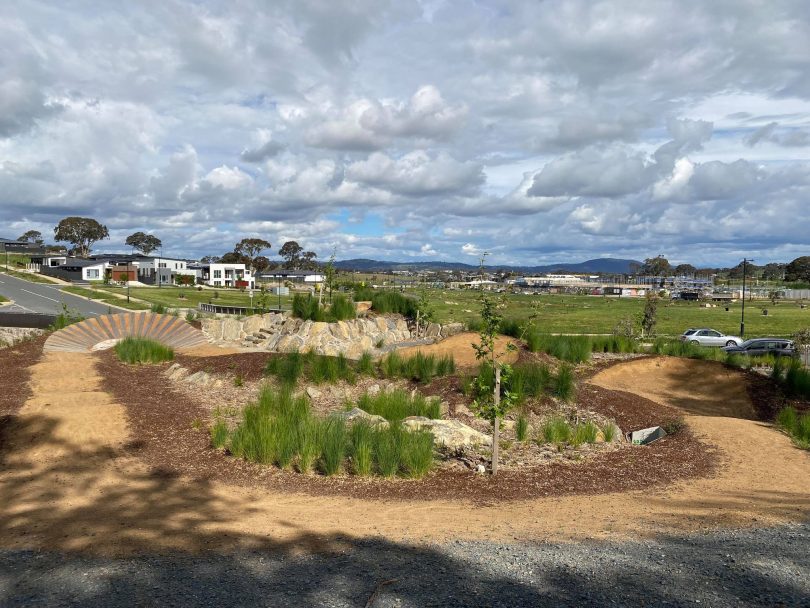
A bike track as part of the new ‘nature playspace’ in Taylor. Photo: Astoria Bright.
The strategy states that many of the current play spaces in Canberra’s older suburbs have low play value because they cater to limited age ranges, and lack the quality of play experience available in newer, larger play spaces.
Playgrounds used the most will receive priority for upgrades, while underused ones will most likely be removed once they reach the end of their life. The surrounding green space will then make way for other community purposes.
The ACT also has among the highest amounts of open space per capita in Australia, and the ACT Government is keen to keep it that way. Underused playgrounds may eventually become a site for bike tracks, community gardens and outdoor classrooms.
While ‘nature play’, with its sticks and stones, is making a comeback in many suburbs, the ACT Government also promises to install more risk-based, challenging play activities such as slides and climbs. Water parks and more places for bikes, scooters and ball games are also on the cards.
Boundless in Kings Park is touted as Canberra’s first all-abilities playspace, and the government’s action plan promises plenty more of these, with equipment designed to cater to a wide range of ages and abilities.
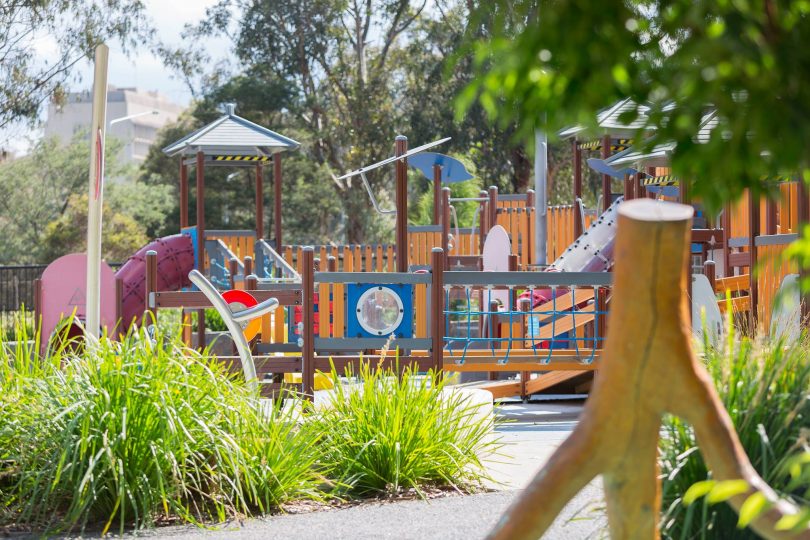
Boundless in Kings Park is Canberra’s first ‘all-abilities playground’. Photo: Facebook.
Also expect more drains to cope with higher levels of stormwater, more trees to provide shade and picturesque surroundings, and more recycled and repurposed material used where possible.
The ACT Government has renewed its commitment to routine safety and maintenance inspections. Currently, a total of 26,000 inspections are conducted each year, as often as twice a week for district playgrounds.
The ACT Government also says the public will be kept in the loop every step of the way.
The ACT Play Space Strategy was available on the ACT Government’s YourSay Conversations website, but adults weren’t the only ones able to offer their two cents. Children had a chance to join in through an online ‘Kid’s Corner’ portal.
Some of the children’s submitted hand-drawn designs include a “garden that is good for the elderly to take pictures and be entertained”, a “bench that is comfy and free for everyone”, a “spinny thing” that helps with social and fine motor skills, and a “wheelchair swing” so people with disabilities have a chance to “have fun and play, too”.
The accompanying artworks will be displayed online and at public libraries in 2022 for the community to enjoy.
Astoria Bright from Playgrounds of Canberra is devoted to reviewing the ACT’s play equipment and describes the new strategy as a “great combination of fulfilling current needs and future needs for children in Canberra”.
“It highlights ways to improve existing playgrounds, in some cases removing some lower underutilised play spaces in favour of upgrading current ones,” she says.
Astoria says the feature she’s most in love with is the use of water features and splash parks, as seen in other Australian states, that are designed to operate during summer for fixed daytime hours and turning off before nightfall.
She also welcomes more inclusive play options and shade sails.
The ACT Government is currently reviewing the feedback and will release a ‘What We Heard’ report in early 2022.





